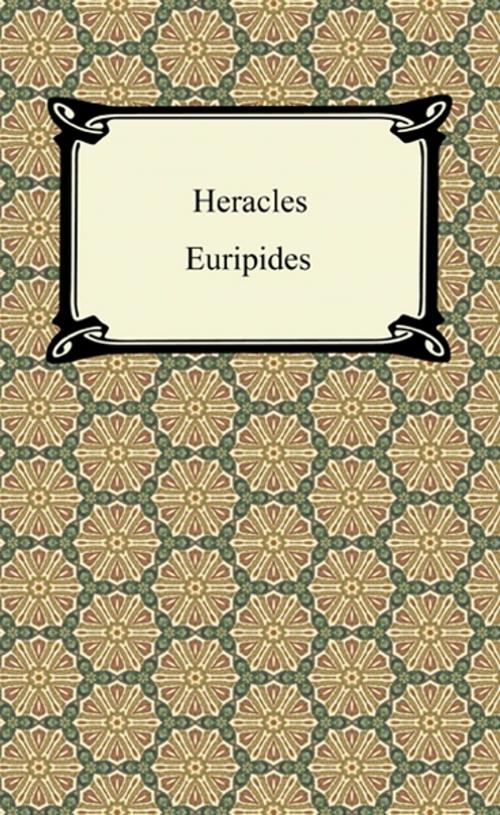| Author: | Euripides | ISBN: | 9781420904055 |
| Publisher: | Neeland Media LLC | Publication: | December 15, 2009 |
| Imprint: | Digireads.com Publishing | Language: | English |
| Author: | Euripides |
| ISBN: | 9781420904055 |
| Publisher: | Neeland Media LLC |
| Publication: | December 15, 2009 |
| Imprint: | Digireads.com Publishing |
| Language: | English |
Euripides (480 BC-406 BC) is revered as one of the three great tragedians of classical Athens, along with Aeschylus and Sophocles, and produced the largest body of extant work by any ancient playwright. These three provided the canon of Greek tragedy and thereby lay the foundation of Western theatre. Euripides' works are characterized by their moral ambiguity, plots of intrigue, and a separate character (usually a deity) who introduces the play with an explanatory prologue. "Heracles" was first performed in 416 b.c.e. at the City Dionysia festival, and remains one of the playwright's most puzzling works. The somewhat disconnected halves of this story feature a powerful climax when Heracles undergoes a fit of madness in the underworld. It explores themes of courage, endurance and nobility, as Heracles comes to the realization that he must accept his flaws and face whatever life has in store for him.
Euripides (480 BC-406 BC) is revered as one of the three great tragedians of classical Athens, along with Aeschylus and Sophocles, and produced the largest body of extant work by any ancient playwright. These three provided the canon of Greek tragedy and thereby lay the foundation of Western theatre. Euripides' works are characterized by their moral ambiguity, plots of intrigue, and a separate character (usually a deity) who introduces the play with an explanatory prologue. "Heracles" was first performed in 416 b.c.e. at the City Dionysia festival, and remains one of the playwright's most puzzling works. The somewhat disconnected halves of this story feature a powerful climax when Heracles undergoes a fit of madness in the underworld. It explores themes of courage, endurance and nobility, as Heracles comes to the realization that he must accept his flaws and face whatever life has in store for him.















